Tag: oxygen

Hyperoxia in the Critically Ill
Critically ill patients come to the ED all the time and it is almost reflexive to liberally administer oxygen in these acutely ill patients. Many providers may consider supplemental oxygen a harmless and potentially beneficial... read more
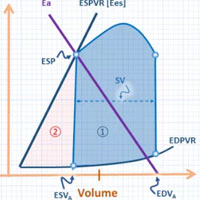
Venous Doppler and Veno-Cardiac Coupling
Concepts have been clanging around my head since I participated in Philippe Rola's sedulous Hospitalist & Resuscitationist Conference in Montreal. Initially, the abstractions of ventriculo-arterial coupling, Guytonian physiology... read more

High-flow Oxygen Therapy for Treating Bronchiolitis in Infants
Bronchiolitis is the most common reason for hospitalization in infants worldwide. Current recommendations by the American Academy of Pediatrics are for supportive care including maintenance of hydration and oxygen support... read more

Oxygen Use, Lower Lung Function Seen as Predictors of Death or Transplant in IPF
The use of oxygen at rest is associated with a greater likelihood of death or lung transplant in people with idiopathic pulmonary fibrosis (IPF), a study shows. The results also showed that lower lung function at the start... read more

Minimizing Catecholamines and Optimizing Perfusion
The main goal of hemodynamic resuscitation in shock is to improve tissue perfusion and oxygenation. As these cannot be directly evaluated at bedside in routine practice, physicians are left with surrogates such as perfusion... read more

A Trial of Goal-oriented Hemodynamic Therapy in Critically Ill Patients
Hemodynamic therapy aimed at achieving supranormal values for the cardiac index or normal values for mixed venous oxygen saturation does not reduce morbidity or mortality among critically ill patients. A total of 10,726 patients... read more
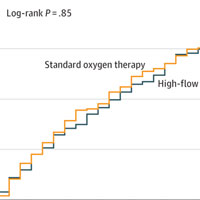
Effect of High-Flow Nasal Oxygen vs Standard Oxygen on 28-Day Mortality in Immunocompromised Patients With ARF
Among critically ill immunocompromised patients with acute respiratory failure (ARF), high-flow oxygen therapy did not significantly decrease day-28 mortality compared with standard oxygen therapy. Of 778 randomized patients... read more
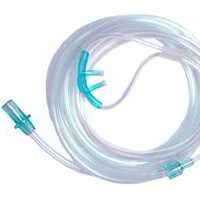
High-flow Oxygen Through Nasal Cannula in Acute Hypoxemic Respiratory Failure
In patients with nonhypercapnic acute hypoxemic respiratory failure, treatment with high-flow oxygen, standard oxygen, or noninvasive ventilation did not result in significantly different intubation rates. There was a significant... read more

The EXACT Protocol
The EXACT protocol: a multi-centre, single-blind, randomised, parallel-group, controlled trial to determine whether early oxygen titration improves survival to hospital discharge in adult OHCA patients. This study will determine... read more
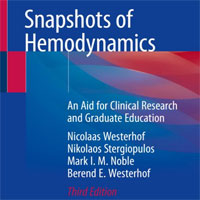
Snapshots of Hemodynamics: An Aid for Clinical Research and Graduate Education
This new edition reviews recent developments in genetics and molecular biology and new noninvasive measurement techniques that have enabled vast improvements in the measurement and understanding of cardiovascular hemodynamics.... read more

Oxygen Therapy in Acute Resuscitation
At present, evidence is lacking to support routine liberal oxygen administration in acutely ill patients and, in most circumstances, a reasonable approach is to titrate supplemental oxygen to achieve an arterial oxygen saturation... read more
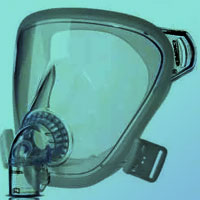
Noninvasive Ventilation as Acute Therapy
Noninvasive ventilation (NIV) is widely used in ICU patients to treat or to prevent acute respiratory failure (ARF). Whereas its physiological effects are clearly beneficial in hypercapnic patients, it could be deleterious... read more

Personalization of Arterial Pressure in the Perioperative Period
This review aims to discuss recent findings on the relationship between intraoperative arterial hypotension and organ dysfunction in surgical patients and examines the available evidence for personalizing blood pressure (BP)... read more

Bag-Mask Ventilation during Tracheal Intubation of Critically Ill Adults
Among critically ill adults undergoing tracheal intubation, patients receiving bag-mask ventilation had higher oxygen saturations and a lower incidence of severe hypoxemia than those receiving no ventilation. Among the 401... read more




